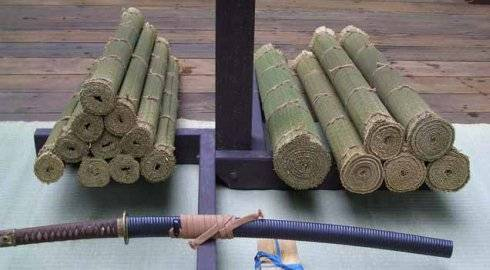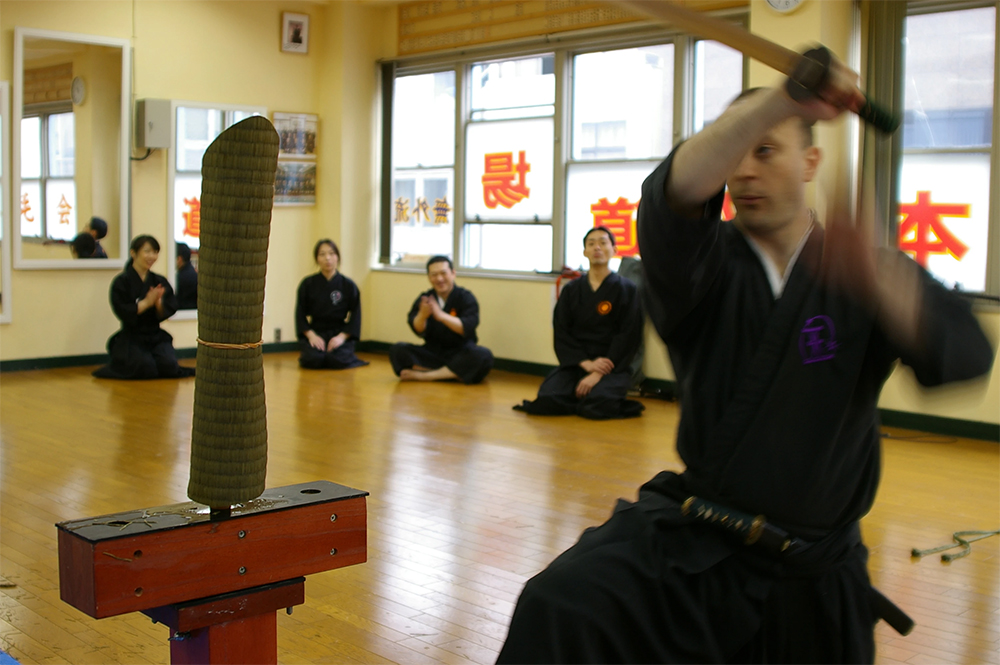The history of Japanese Tameshigiri

The history of sword making in Japan can be traced back to the ancient times of Japan. It paved the way for some of the most prolific swords in the world, including katana. Without Japanese swordsmanship, Japanese katana and other high-quality Japanese swords might not have been invented. But Japan also pioneered the art of swordsmanship, and one of its ways to achieve this goal is through tameshigiri.

What is tameshigiri?
Some people think that tameshigiri is just another form of Japanese swordsmanship, such as swordsmanship, but this is not necessarily true. In fact, it is a trial cut. In fact, tameshigiri literally means "try cut". As shown in the picture above, it involves attacking and cutting targets with a sword.
Tameshigiri allows martial arts practitioners to test their ability to cut targets. Unlike traditional swordsmanship, where two practitioners compete with each other, tameshigiri uses a real sword with a living blade. Because the attack is aimed at the practice target and not other practitioners, there is almost no risk of injury.
The origin of the sliding shears can be traced back to the Edo period in Japan, during which the swordsmith gave their newly-made swords to the samurai so that they could test the cutting ability of the blade. Swordsmiths themselves are not always good at using swords, so they assigned this task to samurai. The samurai would use the swordsman's sword to cut various test targets, including straw, gossa, bamboo, and thin steel plates. If the sword fails to cut the material cleanly, it will be treated as scrap and returned to the swordsmith for modification.
When the samurai performs tameshigiri on the test target, various cuts are performed. The report shows that some of the most common cutting styles performed during traditional tameshigiri include diagonal downward, diagonal upward, horizontal and straight downward.

Although tameshigiri is generally no longer used to test the performance or quality of new swords, it is still performed by swordsman practitioners today. The main difference between traditional and modern tameshigiri lies in its purpose. In feudal Japan, this was to test the ability of the sword. However, now, in order to test the swordsman's abilities, tameshigiri was performed.
Over the years, Tameshigiri's test objectives have also changed. For example, now, the rolled-up tatami table is the most commonly used material for making targets. The tatami is rolled into a koji, and in some cases, it is soaked in water to make it denser and more difficult to cut.
Discover the many attractive options available for Katana swords and custom swords.
Want a unique sword? Feel free to contact us:
Phone: 086 13739276006
Email: [email protected]
Website: www.hanbonforge.com
Custom Sword Page: www.hanbonforge.com/CUSTOM-SWORDS/Custom-Your-Own-Swords

Leave a Comment